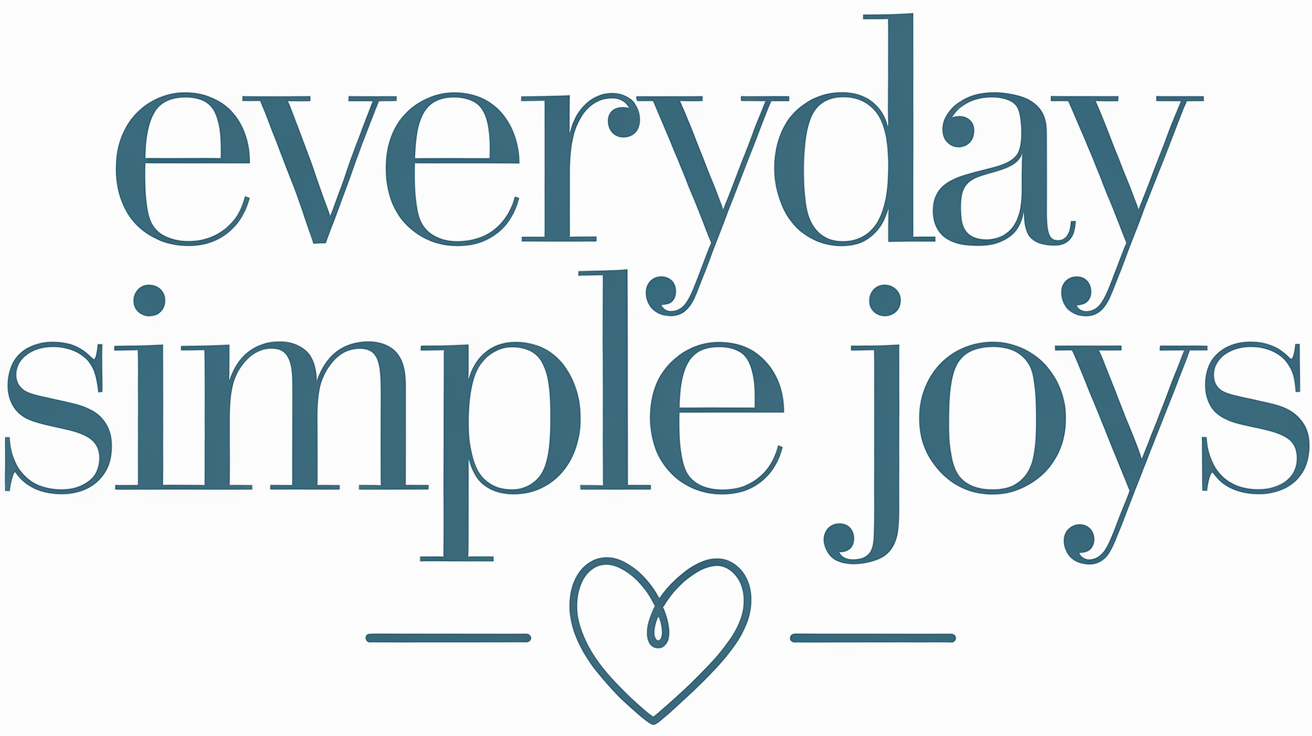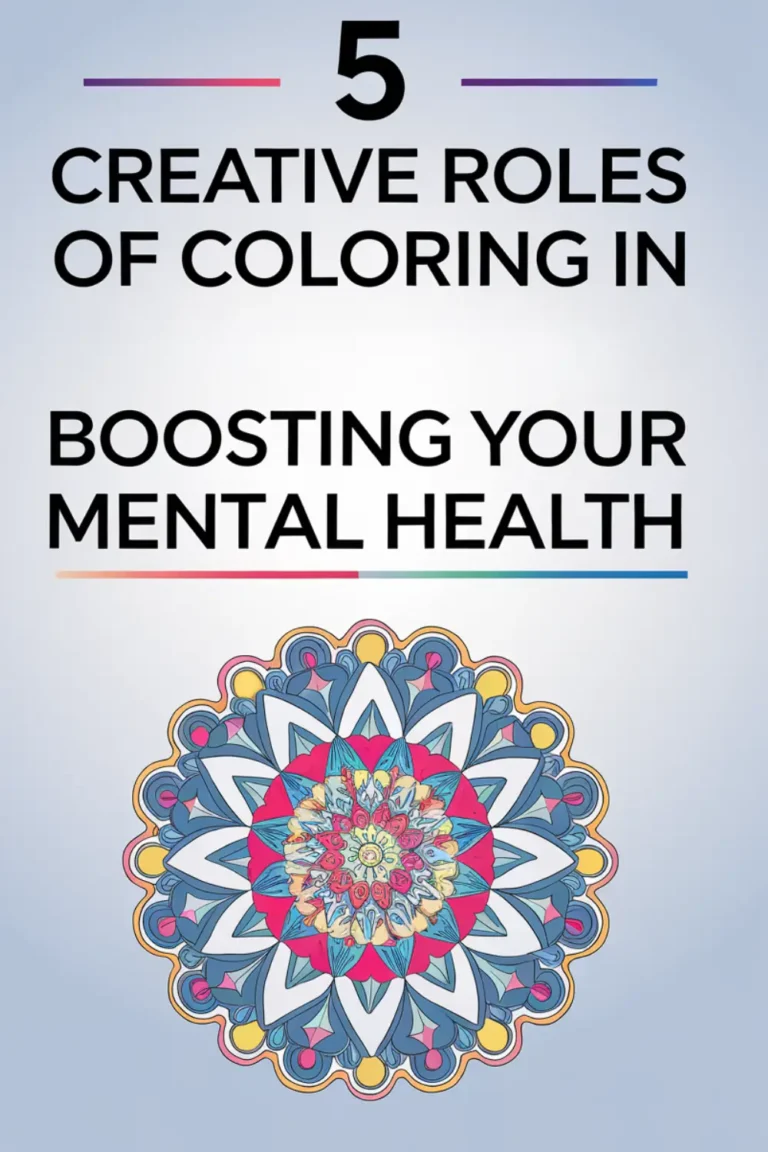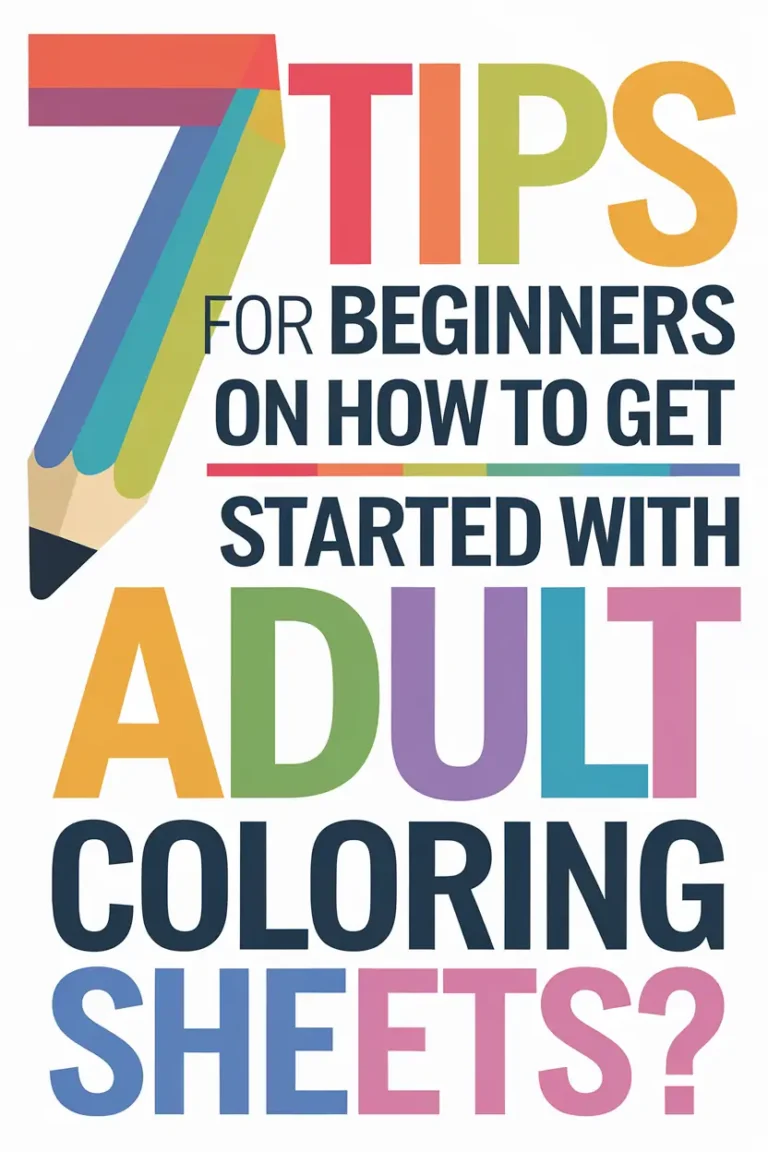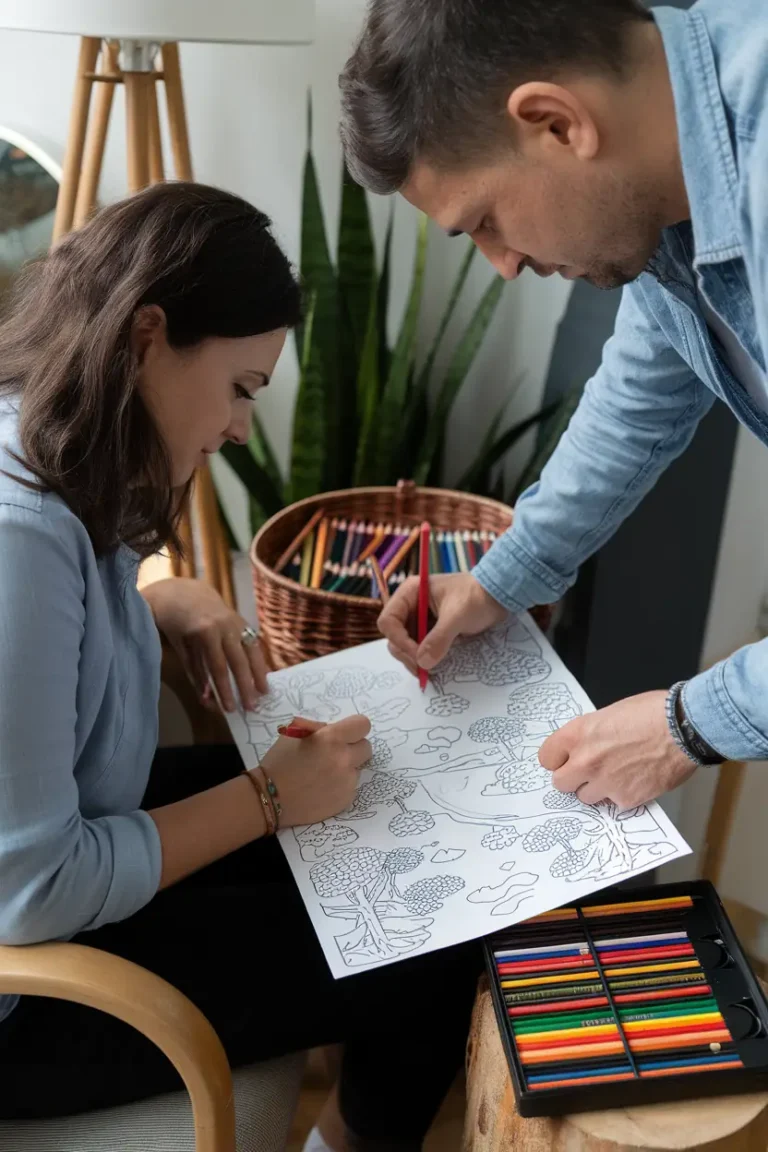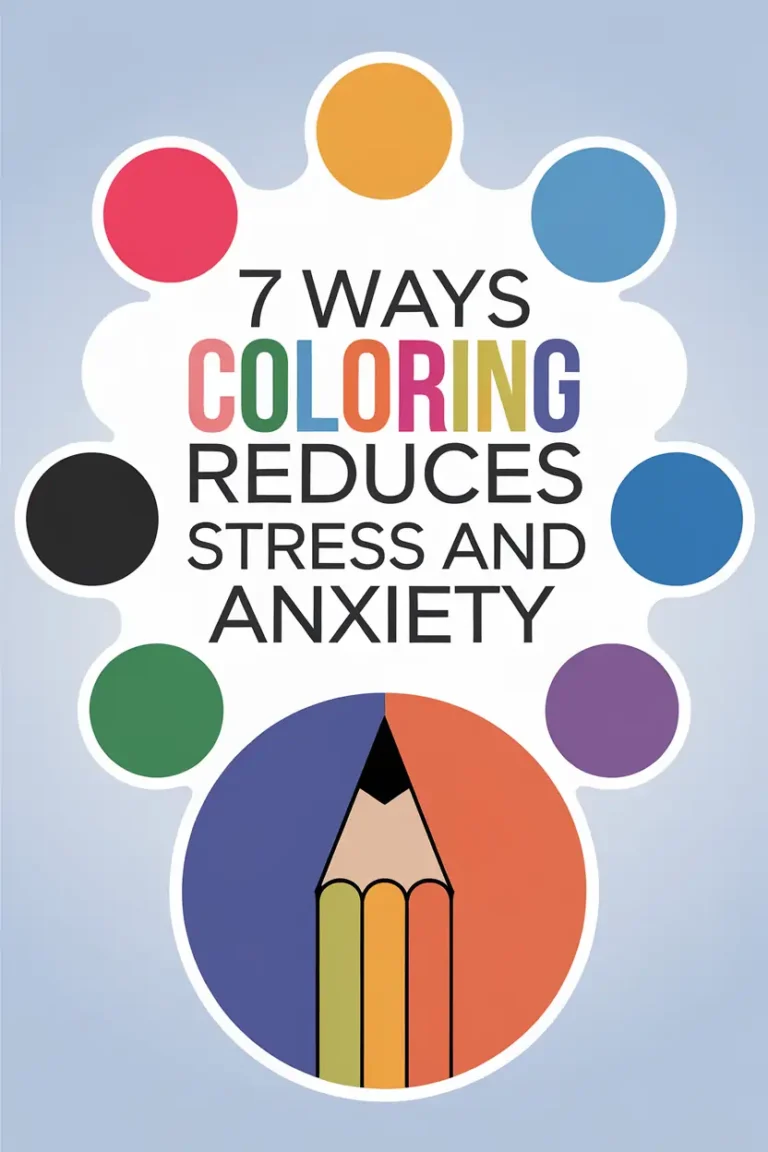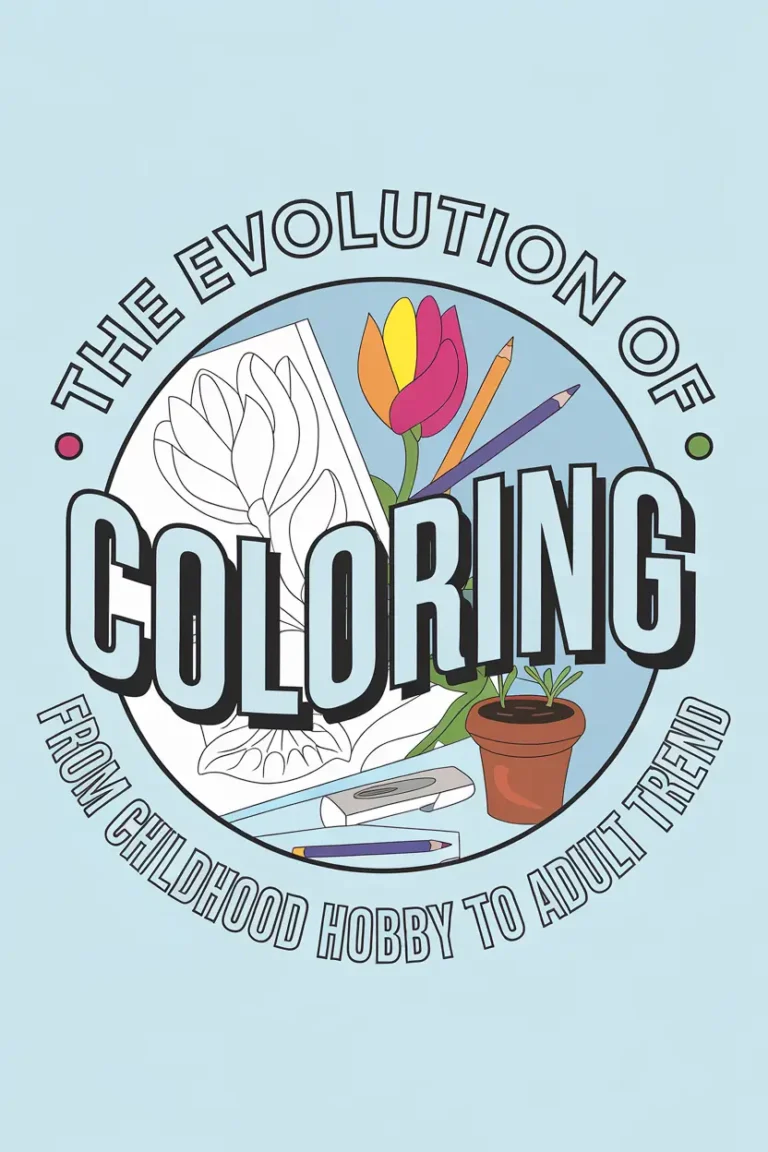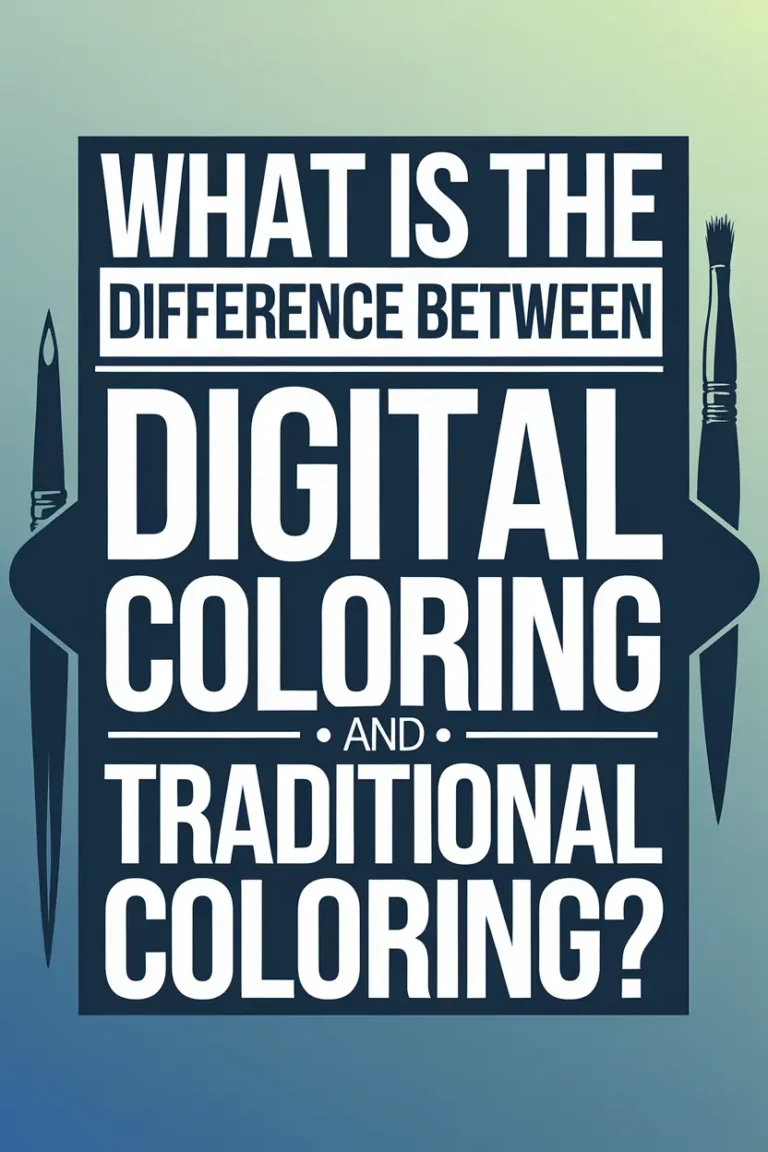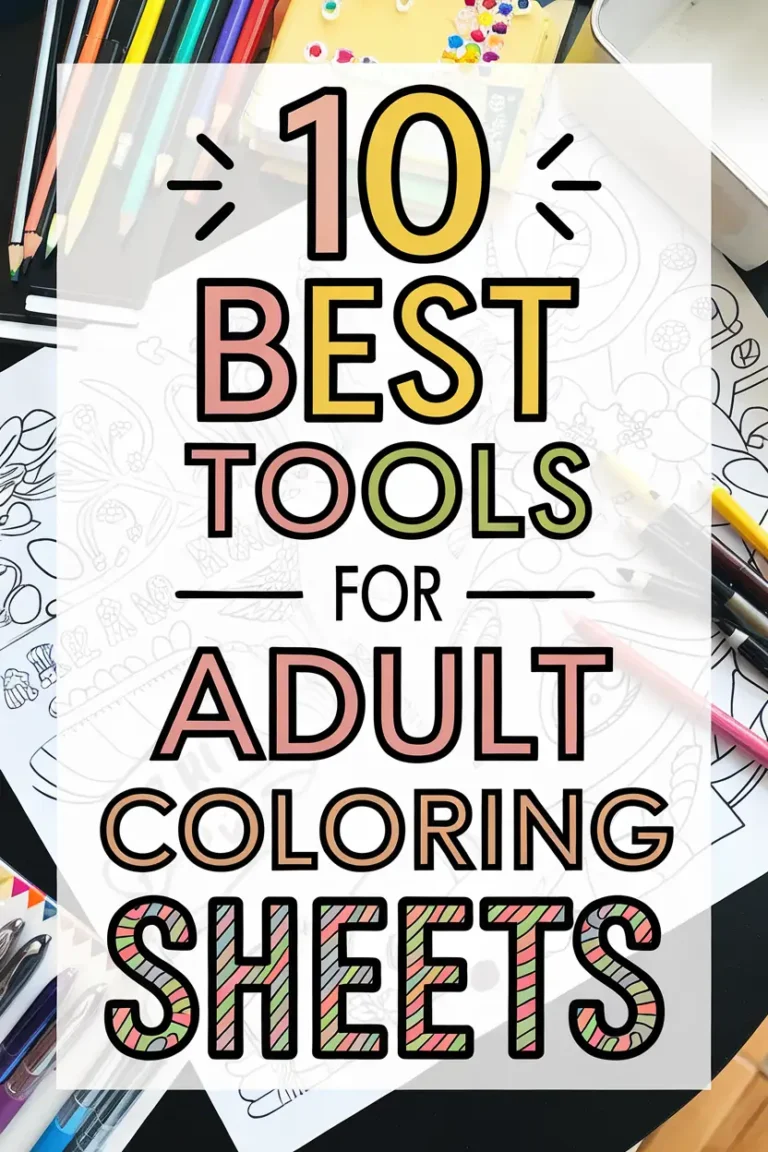In the past few years, the adult coloring trend has gained traction. Chances are you’ve seen books with intricate patterns appearing everywhere on commercial shelves. Coloring, while admittedly a simple activity, has been touted to be tremendously beneficial for both physical and mental well-being.
In today’s new-age pseudoscience, color therapy has emerged as a prevalent mental health remedy. The concept is based on the premise that color evokes specific responses in people, some of which affect brain activity. While science-backed evidence is limited, coloring has an undeniable role in alleviating mental health-related issues such as stress and anxiety.
Are you looking to find some mental health relief in coloring? Read on to learn the creative role of coloring in boosting your mental well-being.
What is Color Therapy?
Color therapy, or Chromotherapy, is an alternative medicine that uses the color and light spectrum to treat mental health by balancing the body’s energy centers. The practice is not new, as literature shows it dates back to ancient Egypt, India, China, and Greece.
Color therapists claim that the action of coloring will use certain rays to maintain a balance of energy in a person’s body. The lack of balance could be emotional, physical, or mental. Therefore, exposure to different colors could have associated benefits.
For example, blue and white colors evoke a calm, relaxed feeling. Experts suggest colors possess unique properties that can benefit mental health and well-being.
Color Therapy as a Science
Firstly, color is a living energy and a property of light. Everything in nature has energy fields, and so are our bodies. As the sun’s electromagnetic hits the ground, light energy is absorbed and reflected by nature to create vibrant colors.
Depending on how it’s used, color can be helpful or harmful. In the US, for example, 3% of epileptic patients have photosensitive epilepsy. As a result, exposure to flashy lights at specific intensities and wavelengths can trigger seizures in such people.
On the other hand, holistic practitioners harness this concept for therapeutic purposes. While color therapy remains a gray area in Western science, some colors are considered stimulating, while others can be dull or depressing.
Therefore, soothing and stimulating colors can positively impact one’s energy level, whereas dull colors may evoke undesirable emotions. As you saturate your coloring book with colors, you’ll likely experience a positive impact on aspects that touch on mental health, including:
- Mood
- Attention
- Appetite
- Emotions
- Decision-making
In addition, red-blue colors can trigger a more significant cortical excitation in the brain. This is how neurons in the cerebral cortex propagate action potentials, enhancing overall mood, alertness, and reaction time when performing tasks.
The Role of Coloring on Mental Health
Thought spending hours coloring is only a childhood pastime? Think again. Adult coloring books have popped up on bestseller lists for years now, and for a good reason.
For many people, boredom, grief, anxiety disorders, PTSD, and a general lack of structure could be triggering mental health issues. It turns out that the creative process of selecting colors and playing around with intricate patterns could benefit emotional, intellectual, and mental health. So perhaps it’s time you pulled out those colored pencils, crayons, and markers.
Coloring is an uplifting way to unwind after a stressful day. You don’t even have to be an expert artist to color. Coloring is not only a fun hobby because plenty of studies indicate that coloring could benefit mental health in the following ways:
1. Eases Anxiety and Depression
Anxiety is the leading mental health concern in the United States. A 2020 study that involved 120 adults coloring a mandala for at least 20 minutes reported significant anxiety relief compared to the control group. The study suggested that specific colors, including pink and blue, performed better at alleviating stress.
Furthermore, participants expressed feeling calmer, at ease, and better overall. The act of coloring, coupled with the stimulative response of the colors themselves, induces a calming effect. The repetitive movement is also soothing and, therefore, ideal for individuals suffering from stress and heightened anxiety.
2. Improves Your Ability to Meditate
The single action of coloring means you’re paying attention to the details. This ability to focus on the “here and now” can block off swirling thoughts, which could be triggering mental strain. Being able to meditate, which is a centuries-old holistic approach to mental health, can lead to numerous mental health benefits, including:
- Improved focus and attention
- Lower blood pressure
- Increased inner and outer awareness
- Reduced stress and anxiety
3. Improves Motor Skills
Have you ever wondered why coloring is a popular activity in elementary schools? Children develop fine motor skills and dexterity when they color between ages 1 and 5. But if recent findings are anything to go by, coloring can be an effective therapeutic intervention for adults with mental health issues.
The creative art of coloring utilizes both hemispheres of the brain. You’re fine-tuning your fine motor skills by selecting color choices, applying your pencil to paper, or achieving symmetrical balance in your drawings. The result is you’ll find it easier to handle delicate motor tasks.
4. Improves Mood
The creative process of coloring and the anticipated sense of accomplishment will boost your self-esteem. That can enhance your mood and suppress negative emotions, which is particularly beneficial if you’re depressed.
5. Offers a Sense of Calm
The repetitive motion of coloring functions the same way as meditation and deep breathing techniques, known to calm the mind. Coloring calms the amygdala, the part of the brain responsible for fight-or-flight responses.
This calming effect can benefit individuals with stress, PTSD, and generalized anxiety disorder. The amygdala keeps people in perpetual panic, worry, and hyper-vigilance. Tuning down this response is, therefore, ideal for overall well-being.
Final Thoughts on the Role of Coloring in Mental Health
Coloring is more than a kid’s fun hobby. Adult coloring, typically involving more intricate patterns and designs, is a creative process beneficial for mental health. Coloring books can help you focus, relax, calm down, and boost your problem-solving and organizational skills.
